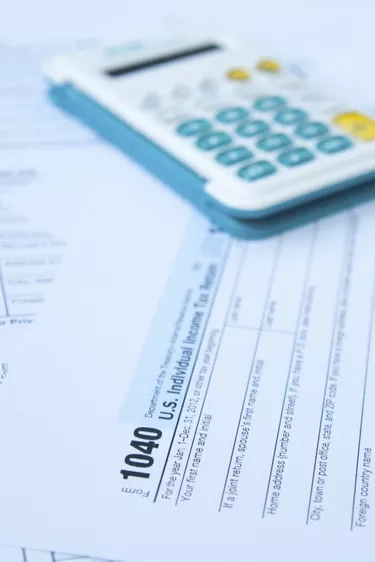
Subchapter S corporations are treated as pass-through entities for tax reporting purposes in the United States at both the state and federal levels. The Internal Revenue Service sets federal tax reporting guidelines, while each state's department of revenue sets its own tax reporting guidelines. The S corporation's income is calculated, but not as taxable income. Individuals account for the company's income on personal income tax returns. Net operating loss carrybacks are accounting entries used in preparing tax returns to offset earlier taxable income with losses recorded during the current year. This allows taxpayers to incur lower tax expenses.
Application of NOL Carryback
Video of the Day
Accounting for NOL carrybacks is complex, and tax statutes may vary by state. This is especially true for NOL carrybacks, as opposed to carryforwards, because many states heavily restrict their use. Thirty states disallow the carryback altogether. Per IRS rules, taxpayers may carryback NOLs two years, and forward 20 years. The subchapter S corporation, specifically, does not benefit from the NOL carryback, because of its pass-through nature. As an individual shareholder in the S corporation, you can calculate the NOL carryback using Form 1065 Schedule K-1 and apply it on your individual income tax return.
Video of the Day